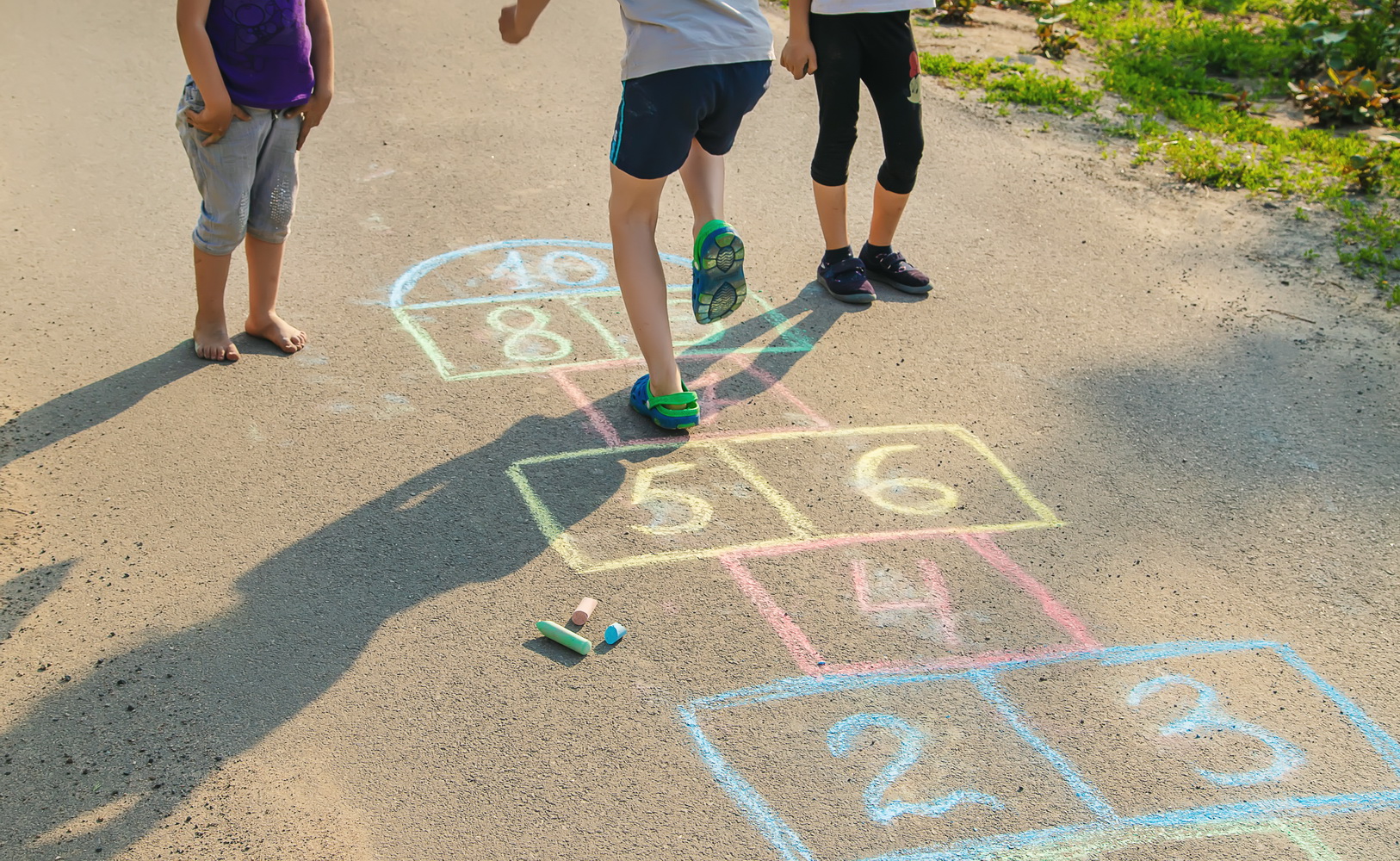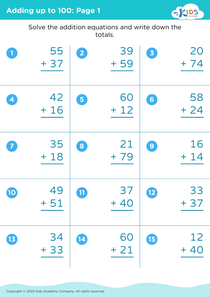Visual learning reinforcement Adding Up to 5 Worksheets for Ages 3-4
5 filtered results
-
From - To
Enhance your child's math skills with our "Visual Learning Reinforcement: Adding Up to 5 Worksheets" designed for ages 3-4. Perfectly crafted to foster early math comprehension, these vibrant and engaging worksheets introduce young learners to basic addition with numbers up to five. This resource employs visual learning techniques to help children visualize and grasp addition concepts more effectively. Each worksheet promotes hands-on engagement and builds a solid foundation in early math skills through fun exercises and appealing illustrations. Support your child's educational journey and boost their confidence in math with these thoughtfully designed worksheets.
Parents and teachers should prioritize visual learning reinforcement for adding up to 5 in young children, ages 3-4, as it is crucial for several reasons. At this developmental stage, children often find it easier to understand concepts through visual means due to their limited ability to process abstract ideas. By using visual aids such as pictures, objects, and number lines, children can concretely see the concept of addition, making it easier for them to grasp.
Visual learning also caters to different learning styles. Some children are visual learners, meaning they assimilate information better when it is presented in a pictorial form. Using visuals for teaching addition helps engage them and enhances their comprehension and retention.
Moreover, early reinforcement of math skills builds a strong foundational understanding, contributing to future academic success. It helps children develop problem-solving skills, logical thinking, and numeracy confidence. Ensuring that these fundamentals are taught clearly and effectively means fewer learning gaps in later years.
Parents can also become more involved in their children's education through visual learning techniques. Simple, everyday items like toys, snacks, or fingers can become learning tools in a fun and interactive way. By incorporating visual learning in teaching basic addition, we cater to children’s developmental needs and set them on a path to lifelong mathematical competence.












%20(1).jpg)
.jpg)













